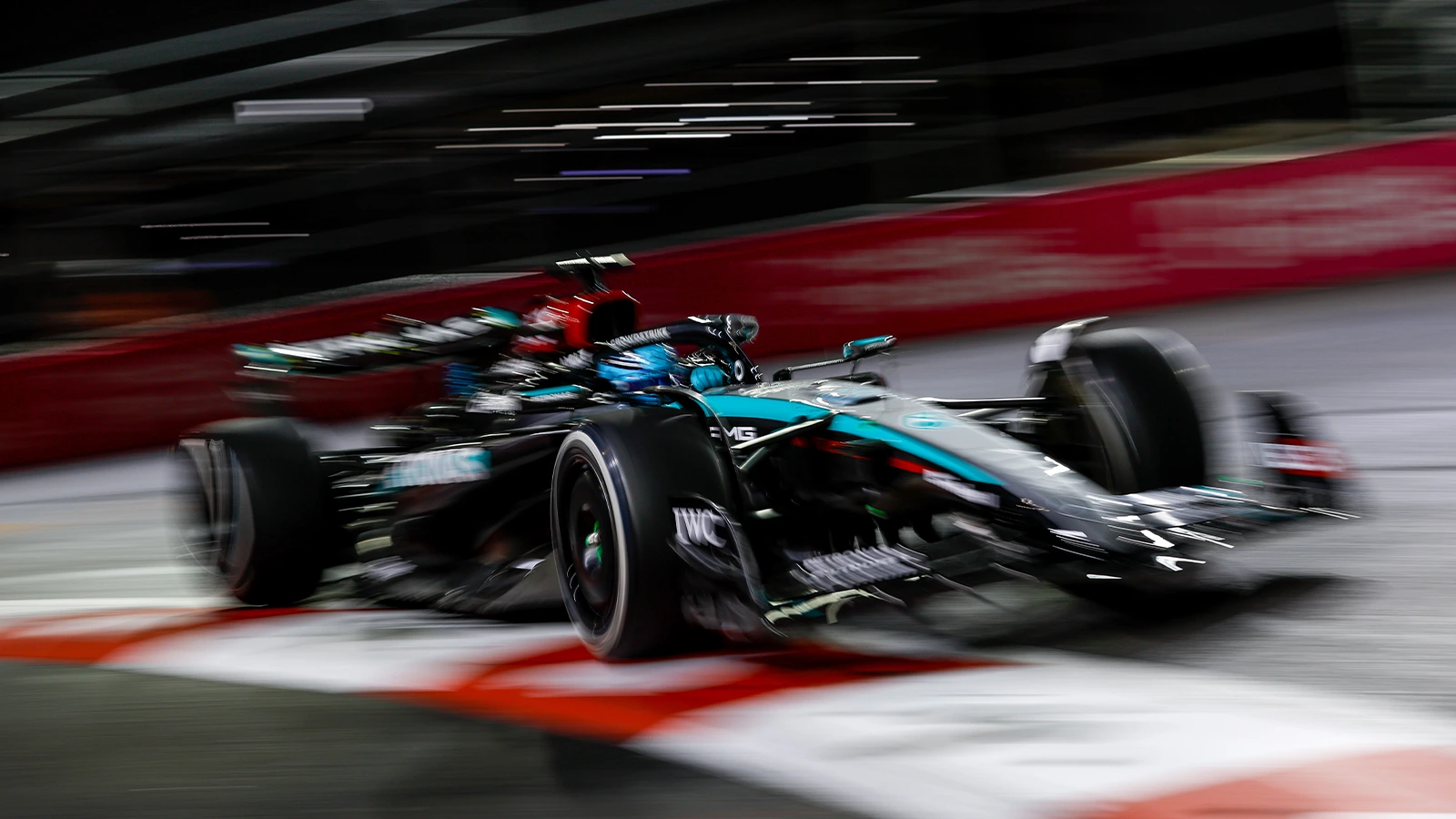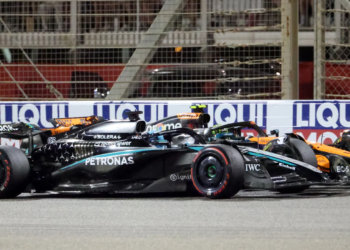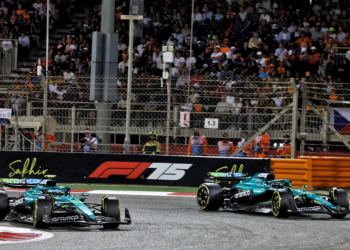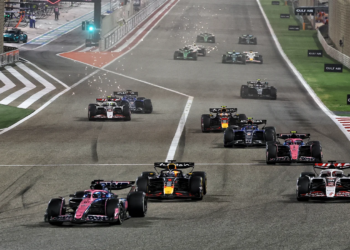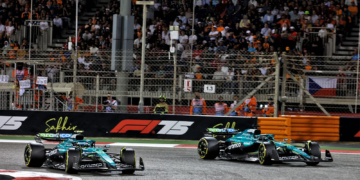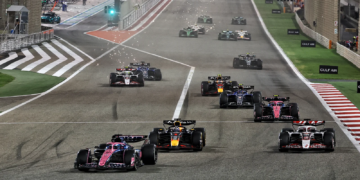George Russell is confident Mercedes has avoided falling into development traps with its new Formula 1 car.
Since the ground effect rules were introduced in 2022, Mercedes has found itself lurching from one development headache to the next.
In 2024, its season was characterised by highs and lows.
A surprise victory in Austria for Russell was backed up by wins for Lewis Hamilton at Silverstone and Spa-Francorchamps.
However, in the months before that, Mercedes was comfortably the fourth-fastest team, and those following Hamilton’s second triumph produced underwhelming results before Russell dominated the Las Vegas GP weekend en route to victory.
Mercedes’ W15 was an unpredictable and imprecise F1 weapon, with set-up proving key to unlocking its narrow performance window.
Speaking to select media including Motorsport Week ahead of the F1 75 livery launch event, Russell is confident in the work Mercedes has put into the new car to avoid further pitfalls.
“I think it’s going to be a significant change this year to be honest.,” he said.
“Every year we’ve uncovered a problem, we’ve solved it and it’s created a new one and we’ve probably been a lot more disciplined with every change that we’ve made and been more thorough than ever in terms of the simulator running, just to ensure we’re not going to fall into a new trap.
“And so far it’s a reasonable step. Obviously, you have no idea what everyone else is doing and it’s going to be, I feel like, quite an interesting season with how people deploy the resources between 2025 and ‘26.”
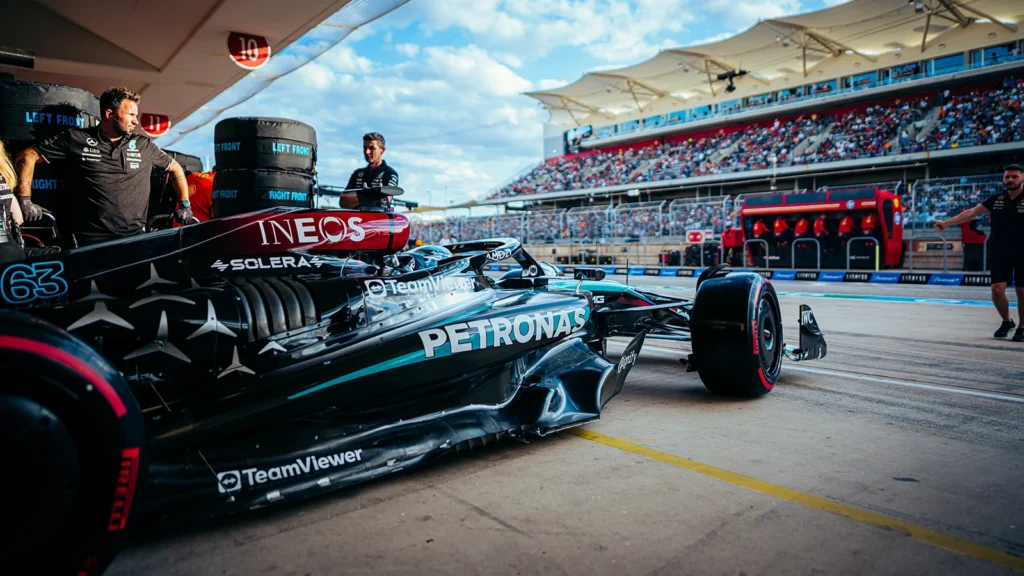
How Mercedes will avoid development traps in 2025
Russell was asked to explain the specific methodology Mercedes is employing to avoid the aforementioned development traps.
The three-time GP winner said that whereas in the past Mercedes was reactionary, solving one issue, then reacting to the next problem that was triggered, it has employed a “forward-thinking” approach.
“I think the last couple of years we’ve been so focused on solving the problem, we weren’t looking ahead to what future issues it would cause,” he said.
“It’s like you solve one thing and then it creates a new problem.
“So we’ve been forward-thinking much more than we have done in the past. And that’s quite normal in a world like Aero when you’re developing in the winter.
“But when you’re changing characteristics of the car and how it’s going to handle and how it’s going to feel for us driving it, if you make the front stronger, it’s going to take away from the rear and if you go too far, that’s just as much of a problem as if it’s in the opposite direction.
“So I think it’s really being thorough.
“These are the fundamental changes we’re going to make. We think it’s going to do X. Is that going to be a problem at these races? And if so, how are we going to drive around it?”
READ MORE – Mercedes has ‘uncovered’ main areas to address for 2025 F1 car

